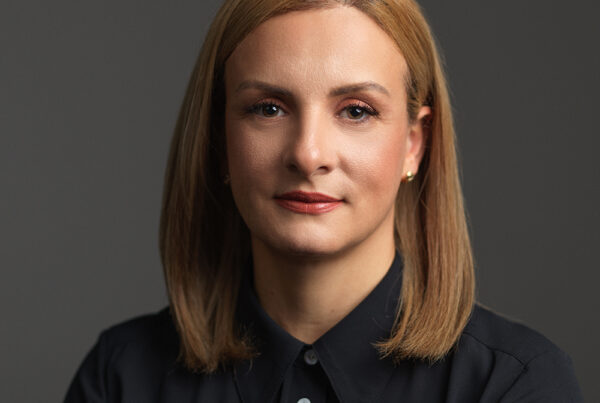What advice can you give companies to ensure they increase the return from their investment in Information Technology?
Organisations must think strategically and invest wisely in technology:
- IT Leaders must build strong connections with business sponsors and understand the challenges faced on the frontline. At the same time, CEOs must encourage connection between business leaders and IT
- A strategic planning process must be developed, while IT must be incorporated into the annual business planning cycles. It’s important that IT investments directly impact business objectives and goals of the organisation. The formal business plan/budget review should be used to track objectives and monitor financial results
- The right services and infrastructure must be purchased to solve specific business requirements. Any new IT investment requires the correct mix of involvement and accountability between business stakeholders and IT, to ensure requirements are correctly defined and implemented
I recommend organisations strike an evenly balanced, 3 to 5-year IT Roadmap, ensuring the areas of Operations, Integration and Innovation are prioritised and are each contributing to the business strategy
- Employee collaboration, process digitisation and automation are three big wins where IT can help drive operational effectiveness and productivity of teams and the whole organisation
- By integrating Siloed systems into the advanced data analysis capabilities offered by PC-based data dashboarding applications, organisations can gain tremendous insights for process inefficiencies, resource duplication and potential new operating opportunities
- Artificial Intelligence and Machine Leaning services can now be integrated into business processes to perform forms processing, object detection, prediction, and document understanding/categorization tasks. Error rates are reduced and data throughput is increased – thus freeing up employees to better manage the process and reprioritise their time
- Mixed Reality offers an intuitive and immersive environment to interact with a business scenario in real-time. Use cases in engineering, medicine and education are becoming common. The focus now is on connecting users in different physical locations to work and collaborate in a shared virtual environment.
What are the biggest challenges faced in Information Technology right now?
Security, Privacy and Compliance
- According to a recent Trend Micro report, there were 62.6 billion cybersecurity threats in 2020: a 20% increase from 2019. These attacks are becoming more and more sophisticated and increasingly State sponsored
- Data Privacy Laws, such as GDPR, obligate organisations to enforce business and technology measures to safeguard the privacy of data subjects
- Other data compliancy requirements – such as automated retention/deletion for financial records or information classification based on sensitivity
- Data Residency demands (the geographical location data is stored and processed) can also be enforced by certain countries (even member states within the EU)
There is a growing shortage of software developers whilst business demands for new applications is increasing
- Organisations are developing ‘Digital Citizen’ programmes to leverage the increasing number of ‘no-code/low-code’ solutions available
- The challenge organisations face is maintaining their security and governance posture now that application development is moving away from a centrally controlled source
Ensuring IT and business professionals remain up-to-date with the rapidly changing applications and services they regularly use
- Annual or even bi-annual training is no longer an effective method of maintaining competencies. Attention is now moving towards a continuous learning model that utilizes online micro-learning and competency assessment methods.
IT is a fast moving world – what do you think will be different in the next 5 to 10 years?
I foresee many changes in the coming 5 to 10 years. These include:
Leveraging the power of the cloud for modern computing capabilities and data storage, combined with nationwide fast 5G mobile data coverage, the ‘edge’ of cloud computing power is extended out to any device in any location.
Rather than using multiple devices for different tasks (smartphone, tablet, laptop, games console etc.), one small, discrete cloud connected device would be utilised for all purposes. The focus instead, will move to ‘how’ the service is consumed (i.e. wearable technology for visual/audio communication and collaboration vs. traditional display and input methods).
Increasing regulatory demands on organisations responsible to process data (both personal and non-personal) implies two changes:
- A unified and simplified approach allowing data subjects to consent once for their data to be processed legally and ethically by any organisation worldwide. Regardless of which organisations process their data, the data subject would use one platform to view and query where and how their data is being used
- Organisations processing data would be accountable for the volume and type of data they process as part of their statutory financial obligations. The concept of financial taxation based on data ‘as a currency’ would undoubtedly be one method to control this
As more manual processes become automated, and robots become commonplace in industry and public spaces, it is critical to blend the benefits of automation with the creative and intellectual talents of people.






